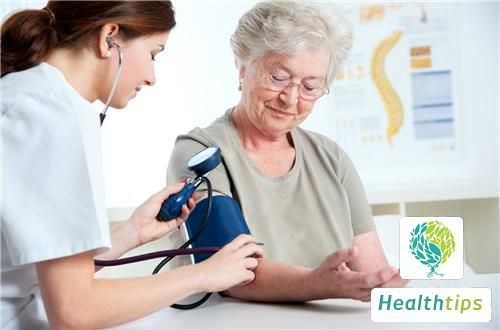What are the topical wound hemostatic agents available?
Common topical hemostatic drugs for wounds include coagulation factor promoting drugs and antifibrinolytic agents.

1. Coagulation factor promoting drugs include thrombin, desmopressin, vitamin K1, vitamin K3 acetate glycine ethylenediamine, etc. When these drugs contact the wound, they can rapidly coagulate the blood inside the wound to achieve the purpose of hemostasis.
2. Antifibrinolytic agents include aminoacetic acid, aminocaproic acid, tranexamic acid, etc. Their main mechanism of action is to inhibit the dissolution of fibrinase around the wound, thereby achieving the effect of hemostasis.
If there is bleeding due to trauma, hemostasis can also be achieved by pressing the wound with fingers. If the wound is large, it is best to press firmly with fingers. After stabilization, a bandage can be used for hemostasis, which is also effective. Alternatively, topical application of hemostatic drugs can be used.
Many people do not pay much attention to commonly used topical hemostatic drugs, believing that skin abrasions can heal spontaneously. However, this is not the case. If skin injuries and bleeding are not treated or medicated in time, they can easily lead to inflammation, infection, and other conditions due to bacterial invasion. In severe cases, it may even lead to fever or other complications. Even after spontaneous healing, ugly scars may be left. Therefore, one must be very cautious when treating skin trauma.
In fact, commonly used topical hemostatic drugs refer to all drugs that stop bleeding from external wounds. These drugs are used for abrasions, bruises, burns, scalds, and electric arc injuries, etc.
Families with children should always keep topical hemostatic drugs and bruise and injury medications at home. This way, when a child's skin sustains trauma and bleeding cannot be stopped, timely treatment can be provided to avoid adverse effects on the child's skin or body.



















